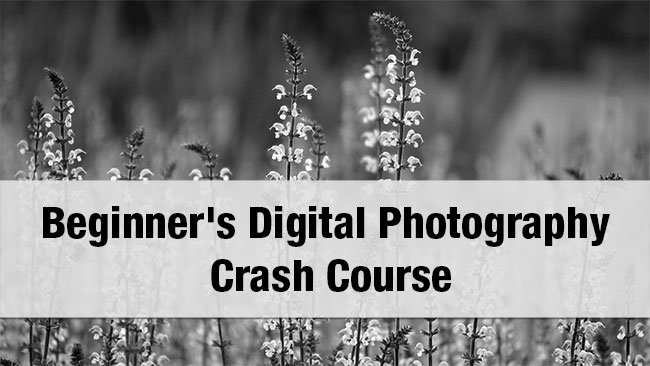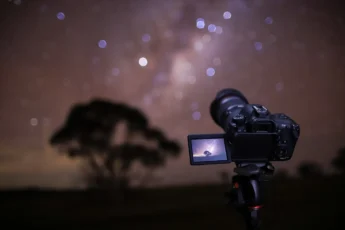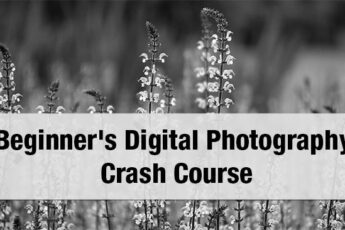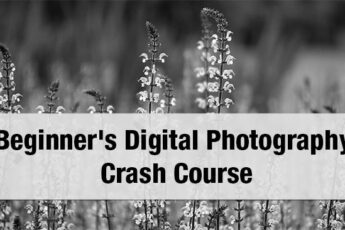
Photography is an art form nearly 200 years old. The very first photograph that we know of was taken by Joseph Nicéphore Niépce in France around 1826. Titled “View from the Window at Le Gras,” it was created by coating a pewter plate with natural asphalt. Over an eight hour exposure, the parts exposed to bright light hardened. The dimly lit portions of the photo-to-be could be washed away with a chemical solution. And the result was an early photograph. We’ve come from this impressive, if inelegant, design to having pocket-sized devices capable of taking dozens of detailed, color images per second.
The digital camera is the newest form of photography, and comes in several styles and price ranges. Smartphone cameras, compact cameras, bridge cameras, DSLRs, and mirrorless cameras; the choices are nearly endless. Some have fixed lenses that can take pictures from a foot away in one moment, to magnifying a far-away subject sixty times, the next. Others have lenses you can change to get higher quality results with close or far-ranged subjects. No matter what kind of camera you have, they all can create a beautiful photo without using film. Instant results are one of the biggest advantages of digital photography.
This crash course is designed to familiarize a new photographer with digital cameras and their use. While there’s tons of info out there, rarely is it collected and organized into one place so readily available. A lot of the photography information caters to people who already know the basics and lingo. And beginner’s articles tend to run very short and don’t have all of the answers in front of you. Longer courses are rarely free, so hopefully you will take the time and read every part of this course.
There is a lot to cover, but none of it is beyond your understanding. The buttons and menus of a digital camera can sometimes seem intimidating. Functions like aperture, exposure, and f/stop don’t necessarily make sense at first. Yet those are the settings you see when you change the dial from “Auto” to “Manual.” Many would-be photographers decide that the camera must know what’s best, and it’s too hard to customize those settings. Auto-mode photos are often “good enough” for most people. But once you start moving from autopilot to the driver’s seat, you’ll (almost) never want to go back again.
Photography is a high demand, potentially profitable art that can be done almost anywhere. It’s taking your unique angle on reality and letting other people see what you see. Really consider that. Even when you’re sharing a space with people, no one else can see what you see. When you snap a picture to share, you’re sharing your vision and giving it to someone else. Anyone can get into photography, and understanding it will get you better images, faster. So let’s begin.
UP NEXT: History of Digital Cameras



